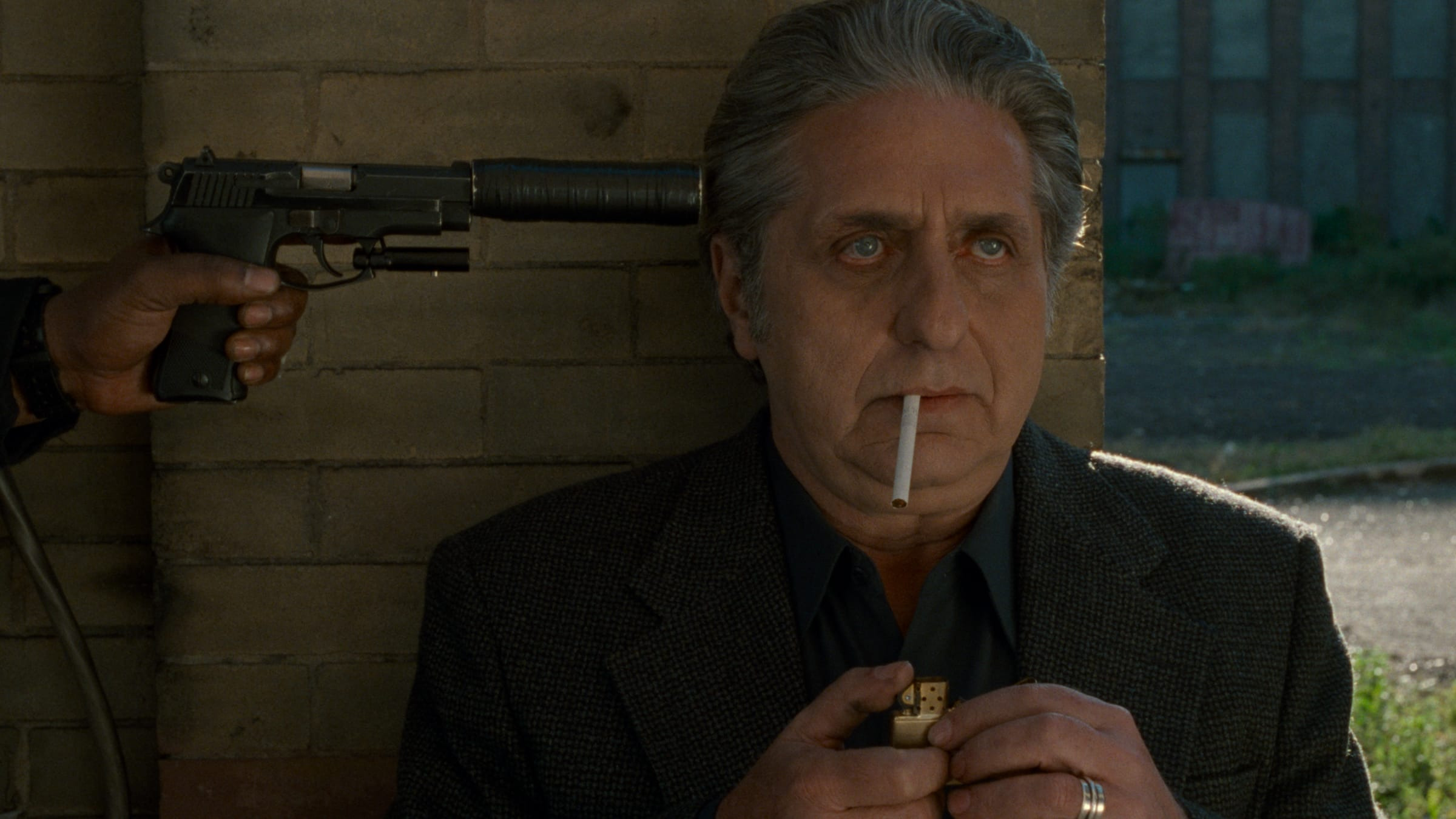Ghost Dog as International Sampler

Ghost Dog as International Sampler
Along with Dead Man (1995), his previous narrative feature, Ghost Dog: The Way of the Samurai marks a quantum leap in the Jim Jarmusch universe—a discovery of history (both antiquity and tradition) that carries with it a sense of gravity and even tragedy that is missing from his first five features. And paradoxically, along with his embrace of antiquity comes an uncanny intimation of the future from a 1999 perspective—an anticipation of social media and their mythical assemblies of identities and fanciful hashtags, nearly a decade before Facebook and Twitter rose to prominence.
Jarmusch’s special way of anticipating contemporary online individualities is a mix-and-match game of movie-genre tropes (including a final shoot-out scene), references to particular films (e.g., pigeons kept on a New Jersey rooftop, as in On the Waterfront), and diverse literary touchstones, ranging from Frankenstein to The Wind in the Willows. It also involves mythic profiles that sometimes merge with (or at least suggest) star presences, something Jarmusch has long depended upon, including his evocations (and invocations) of Elvis Presley in Mystery Train (1989) and Nikola Tesla in Coffee and Cigarettes (2003), and his uses of Roberto Benigni and Tom Waits in Down by Law (1986), Gena Rowlands and Winona Ryder in Night on Earth (1991), Johnny Depp and Gary Farmer in Dead Man (the latter of whom briefly returns in Ghost Dog), Cate Blanchett (in two roles) in Coffee and Cigarettes, and Isaach De Bankolé, Tilda Swinton, and Bill Murray in several films each.
In Ghost Dog, the eponymous Black hero (Forest Whitaker), whose life was once saved by Louie (John Tormey), an aging white Italian American hoodlum, becomes Louie’s samurai hit man, communicating with him exclusively via homing pigeons while studiously applying the lessons of an eighteenth-century warrior text, Yamamoto Tsunetomo’s Hagakure: The Book of the Samurai. Then, when something goes amiss during a hit, Louie’s gang decides to wipe out Ghost Dog, who retaliates in order to defend himself. Meanwhile, his friendships with a young Black girl named Pearline (Camille Winbush) and a Black Haitian ice-cream vendor named Raymond (De Bankolé), both of whom he encounters in the same park, involve several other books—most notably, Mary Shelley’s 1818 novel Frankenstein (“Even better than the movie,” says Pearline), Ryunosuke Akutagawa’s Rashomon and Other Stories (a collection of early-twentieth-century tales), and an undated French book about bears, which Raymond likes because for him it describes Ghost Dog, his best friend.

“Who we are is an essential part of what contemporary art can teach us, and over two decades after its release, Ghost Dogremains one of the most contemporary films that we have.”






